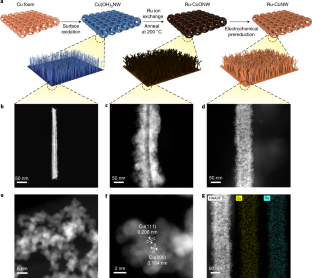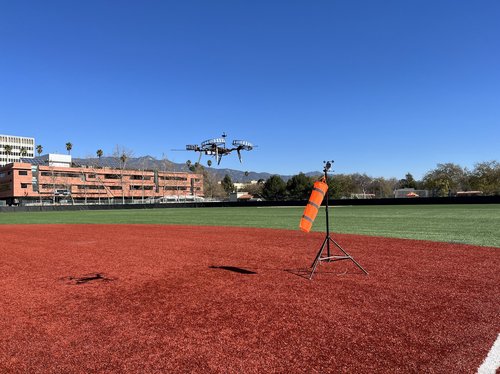2022-05-06 アメリカ合衆国・テキサスA&M大学

・ テキサス A&M大学が、レーザー粉末床溶融結合技術(laser powder bed fusion: L-PBF) で作製するニッケル-チタン(NiTi)形状記憶合金部品で最高記録となる引張超弾性を達成。
・ L-PBF は、NiTi 形状記憶合金部品やプロトタイプを効果的、効率的かつ迅速に製造する積層造形技術として、特にバイオ医療や航空宇宙分野のアプリケーションで期待されている。
・ 加熱や応力の除去で元の形状に戻る能力を持つスマートな材料の NiTi 形状記憶合金は、ステント、インプラントや航空機の翼等に利用できるが、3D プリンティング中に発生する欠陥や材料の変化により超弾性効果が失われる。
・ L-PBF は、ポリマー3D プリンティングと同様にレーザーで金属や合金の粉末を溶解して積層する手法で、従来の製造技術では難しいとされる複雑な形状の部品作製を可能にする。
・ ただし、NiTi 材料の多くは現行の L-PBF プロセスを耐久できず、大きな熱勾配による空孔、反り、層間剝離や、酸化による脆弱化といった欠陥の発生が課題。また、レーザーによるプリント中の蒸発で材料組成が変化することもある。
・ 本研究では、欠陥フリー構造と特定の材料特性の獲得に最適なプロセスパラメーターを決定する、最適化フレームワーク(過去の研究で開発)、材料組成の変更とパラメーターの改善により、NiTi 部品(プリント後の熱処理無し)で、3D プリンティングの科学文献に報告される最高超弾性の約 2 倍となる、6%の引張超弾性(室温下)を達成した。
・ 3D プリンティング作製した形状記憶合金の超弾性が向上することで材料の変形への対応能力が高まり、製造プロセスのコストと時間を低減できる。バイオ医療や航空宇宙分野での 3D プリンテッド NiTi 形状記憶合金の利用拡大を期待。
・ 本研究には、米国陸軍研究所(ARL)、カタール国家重要研究プログラム(NPRP)のグラント、カタール国立研究基金(QNRF)および米国立科学財団(NSF)のグラントが資金を提供した。
URL: https://engineering.tamu.edu/news/2022/05/msen-researchers-develop-3d-printed-shape- memory-alloy-with-superior-superelasticity.html
関連情報
Acta Materialia 掲載論文(アブストラクトのみ:全文は有料)
Laser Powder Bed Fusion of Defect-Free NiTi Shape Memory Alloy Parts with Superior Tensile
Superelasticity
URL: https://www.sciencedirect.com/science/article/abs/pii/S1359645422001689?via%3Dihub
Abstract
Laser powder bed fusion is a promising additive manufacturing technique for the fabrication of NiTi shape memory alloy parts with complex geometries that are otherwise difficult to fabricate through traditional processing methods. The technique is particularly attractive for the biomedical applications of NiTi shape memory alloys, such as stents, implants, and dental and surgical devices, where primarily the superelastic effect is exploited. However, few additively manufactured NiTi parts have been reported to exhibit superelasticity under tension in the as-printed condition, without a post-fabrication heat treatment, due to either persistent porosity formation or brittleness from oxidation during printing, or both. In this study, NiTi parts were fabricated using laser powder bed fusion and consistently exhibited room temperature tensile superelasticity up to 6% in the as-printed condition, almost twice the maximum reported value in the literature. This was achieved by eliminating porosity and cracks through the use of optimized processing parameters, carefully tailoring the evaporation of Ni from a Ni-rich NiTi powder feedstock, and controlling the printing chamber oxygen content. Crystallographic texture analysis demonstrated that the as-printed NiTi parts had a strong preferential texture for superelasticity, a factor that needs to be carefully considered when complex shaped parts are to be subjected to combined loadings. Transmission electron microscopy investigations revealed the presence of nano-sized oxide particles and Ni-rich precipitates in the as-printed parts, which play a role in the improved superelasticity by suppressing inelastic accommodation mechanisms for martensitic transformation.



